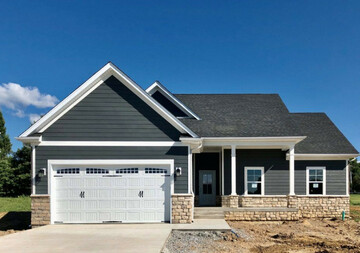Your roof is no doubt one of the most important and most complex components of your home or property. However, most property owners would often overlook the critical role of their roofing systems until leaks start to pester their normal daily lives. And this commonly practiced negligence often costs a lot. And apart from securing your comfort inside your home, your roof also adds to your property’s overall appearance. So whether you are still in the early phase of your new home’s construction or in the middle of your property’s roof replacement project, it is indeed essential to consider careful planning when it comes to choosing the right (or should we say ‘best’) roof.
The Choices
Choosing the right material for your roof is not as easy as it seems. There is a wide range of options to consider and in the middle of it all, you might find yourself drifting away from your first and main objective – find a durable and visually pleasing roof. But there is no roofing material that is perfect for everyone. The best choice of the roof directly depends on various factors like the architectural design and structure of the property, surroundings, area’s common weather conditions, and many more others.
The following is a list of different types of roofing materials along with their subtypes that are commercially available today:
- Shingle (wood, shake, slate, asphalt, rubber, asbestos, stone slab, solar, metal shakes)
- Ceramic tile ( Dutch, British, Imbrex and Tegula, Monk and Nun, Mangalore )
- Membrane roofing ( thermoset, thermoplastics, asphalt roll, liquid, bituminous modified/built-up roofing, fabric, polyester, PTFE)
- Metal roofing ( CGI or corrugated galvanized iron, copper, standing-seam, flat-seam, steel coated, stone coated)
- Fiber cement
- Structural concrete ( hollow-core labs, double tees, T-beams, joists, and planks )
What to consider
Although some aspects of roof planning are best-taken care of by experts, it is still critical for property owners to have enough knowledge with regards to the factors that must be considered prior to choose the right or best roof material. Some of the factors to consider are:
- Longevity – wood and asphalt shingles (15-30 years), composite (20 years), fiberglass and rubber (30-40 years), concrete (50 years), slate and metal (45-75 years), tile (75-100 years)
- Durability – durability of roof materials ranges from a short lifespan with periodic maintenance needs to long-lasting with minimal maintenance requirements. The durability of the material is also directly affected by the slope of the roofing frame and by extreme weather conditions.
- Weight – lightweight roof materials are easier to install compared to their heavier counterparts which also require stronger or reinforced roof framing for support
- Cost – this factor is not just about the actual price of the material upon purchase but also the total expected expenses in the long run as compared to its longevity and durability. Some roofing materials are cheaper to buy but with a shorter lifespan. More expensive alternatives however are expected to last a lifetime.

